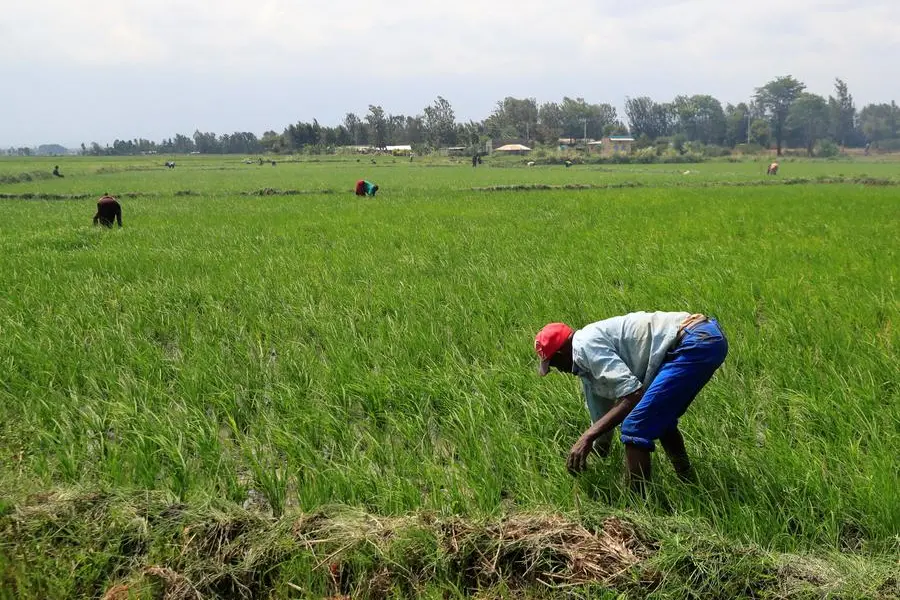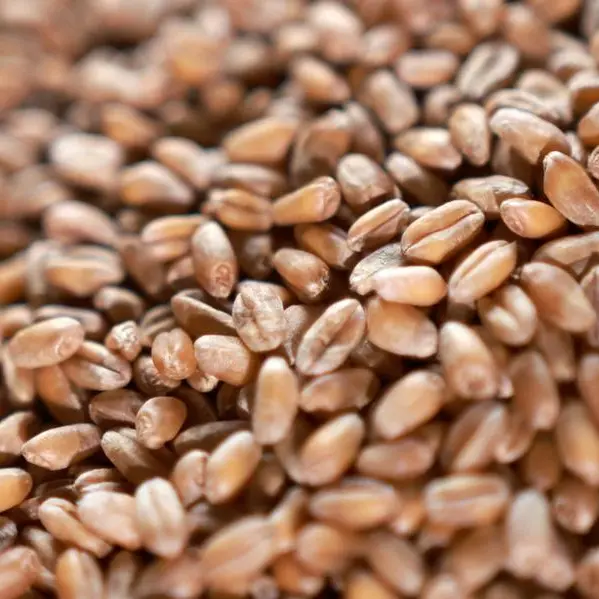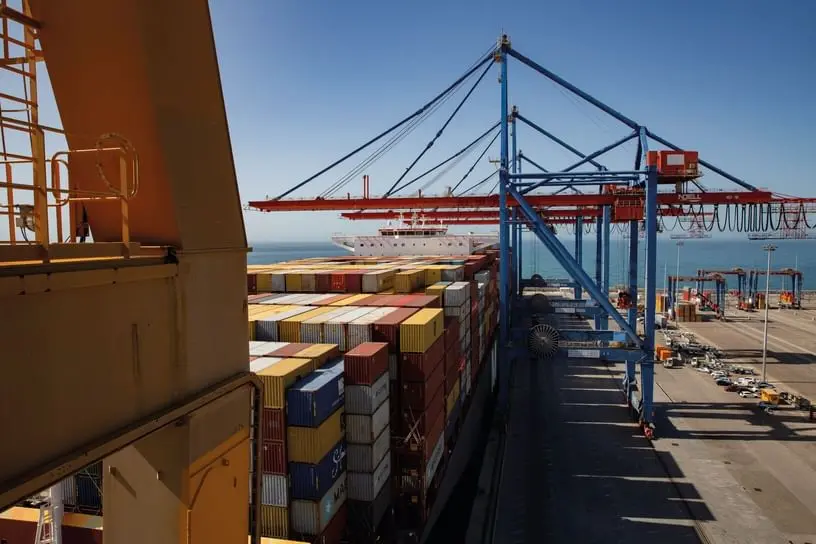PHOTO
Circular agriculture is termed a food system that is in harmony with nature and meets social needs simultaneously. With the growing population in Kenya, the food supply has been in high demand and this has come at the expense of the environment. Farmers have shifted to using more intensive farm chemicals causing land erosion and poor quality of the soil. The question now is, are we ready to adopt circular agriculture as a country? Are there conversations driving the country towards Circular agriculture?
Noticeable trends show that the country is ready or is already shifting to a circular economy. This article highlights 11 trends being adopted, which have been showcased in the recently published report on ‘The Netherlands and Kenya Moving Toward Circular Agriculture in Kenya’. The report was commissioned by the Embassy of the Netherlands in Kenya and executed by Sustainable Inclusive Business, the Knowledge Center under the Kenya Private Sector Alliance (KEPSA).
- Fighting malnourishment by food waste in the value chain: A substantial part of the Kenyan population still suffers from malnourishment; a sizable part of agricultural production is lost somewhere in the value chain. However, practices and innovations that help reduce losses are being adopted. For instance, left-over produce is now being stored for longer periods and later processed into dry food, animal feed, soil fertilizer, or biomass fuel.
- Climate Change mitigation by reforestation and moving to bio-solutions: The Kenyan weather has become very unpredictable. Drought caused by global warming has become a threat to Kenyan agriculture. The rainy seasons also bring fear among farmers due to unpredictability. Most companies have opted for responsible models by reducing their greenhouse gas emissions. For instance, Agriterra, and partners Moyee Coffee, The Fairchain Foundation, Kipkelion District Cooperative Union, and Kenya Agriculture Livestock and Research Organization (KALRO) have formed a consortium to develop a low-carbon coffee value-chain in Kericho. They also produce their organic fertilizer from local waste streams and provide training on the same to local farmers.
- Carbon Credits as a new value model: Carbon credits are emerging as a new value model for farmers in Kenya and Africa. There is a growing number of companies pledging to become net-zero to compensate for their carbon emissions. According to ForestTrends and Ecosystemmarketplace, REDD credits are particularly in demand, showing a 280 percent increase in transactions in 2021, compared to 2020. REDD credits (“Reducing Emissions from Deforestation and forest Degradation”) are used to fund the protection of existing tropical forests.
- Renewable energy is the only logical choice: As a country on the equator with vast areas of unused land, Kenya is in a good position to increase utility-scale production of PV electricity and utilization of off-grid power in remote areas. Companies dedicated to circular agriculture see renewable energy as the logical choice for their operations including in warehousing, production processes, and lighting.
- New crops and varieties to adapt to climate change: The effects of global warming have greatly affected Kenyan farmers. Long droughts combined with the erosion of fertile soils have put pressure on agricultural production. Farmers are now opting for crops that are more resilient to the changing weather conditions. For instance, Africa Wood Grow smartly chose the Mukau Tree (Melia Volkensii) for their reforestation projects, because it is a resilient species that can withstand sustained periods of drought. Also, SNV’s craft program provides technical, financial, and organizational support to increase educated climate-smart farmers, increase the quality of seeds, and yields, and improve business practice.
- Working in harmony with nature, not against it: Frontrunners in circular agriculture stress that our conventional food system works against natural processes. In the long term, this leads to depletion of soils, shortages of water, and decreasing availability of arable land, which can only be countered by using more chemical fertilizers and artificial irrigation. To reverse this negative spiral, circular farmers put the forces of nature to their advantage, by abolishing monocultures, enhancing soil life, and naturally storing water. Even though the revitalization of soils can take several years, results are very promising, including for the conservation of biodiversity.
- Food security is an economic issue: The fight against malnourishment is not only a matter of agricultural output, it is also an economic issue. The frontrunners in circular agriculture not only focus on agrotechnology but also have a keen eye for both the affordability of their products and the creation of new jobs. Mama Mbogas (Mama Vegetables) play a key role in accessing food for the local communities; and with the help of Twiga Foods, Mama Mbogas are working towards achieving a sustainable future.
- Smart low tech and hands innovation: The shift from conventional to circular agriculture requires new insights, new approaches, and different technologies, and entrepreneurs in this field show a very high level of appreciation for innovation. The independence of vulnerable technology is seen as an advantage. Hands-on innovation can be achieved with the utilization of local skilled labor, as is the case of Naturelock, which uses a proprietary technology developed in European labs and has converted this knowledge to a production process that can be controlled locally; to preserve food.
- Plant and insect-based proteins as a substitute for meat: On a global scale, the consumption of meat is a huge source of greenhouse gas emissions. Replacing the animal proteins with plant or insect-based proteins contributes significantly to reducing carbon emissions in the food system. Frontrunners in circular agriculture acknowledge this and strive to produce meat with fewer emissions, or develop substitute products. InsectiPro in Limuru is reputed for its efficient ways of growing Black Soldier Flies as sustainable alternatives to animal proteins. In the process, the company also addresses organic management issues, while making Africa food secure with the help of insects.
- Think big, produce locally: Companies focusing on circular agriculture tend to look at local production and consumption first. In a circular system, food is produced and sold locally, shortening the supply chain and reducing food losses during transport and warehousing. Fair pricing and local good decent jobs are not only possible but must be a requirement. Mara Farming has achieved this by working with small-scale farmers in a sustainable, inclusive, and nature-friendly way, serving the export market.
- Phasing out waste and adopting the waste to value concept: The low-hanging fruit in the agriculture sector is the waste to value solution. Leftovers of fruits, vegetables, stems, and flower leaves, if not treated with chemicals, are perfect as food for soil, and animals and can be converted to organic manure for soil improvement. Furthermore, plastic waste also plays a key role in any sector including agriculture, with plastic packaging being used in among other the horticulture sector. The Kenya Plastics Pact has been developed to set clear targets to eliminate, innovate, and circulate plastic packaging to keep them in the system and out of the environment.
In conclusion, the above trends indicate that circular agriculture is a game-changer, and is where the world is moving to. The entrepreneurs referred to in this article are not solitary loners, but they all represent an undercurrent that indicates the business opportunities of circular agriculture.
The author is Karin Boomsma, the Project Director at Sustainable Inclusive Business.
Copyright © 2022 AfricaBusiness.com - All materials can be used freely, indicating the origin AfricaBusiness.com Provided by SyndiGate Media Inc. (Syndigate.info).





















